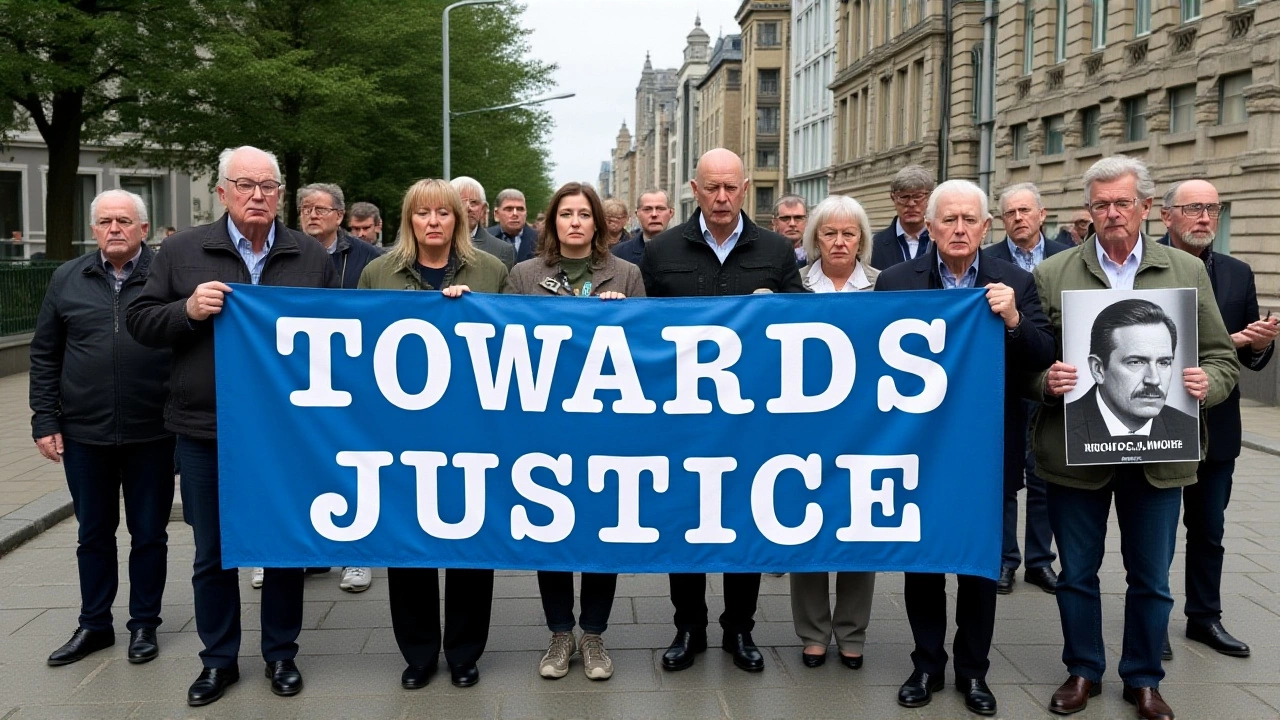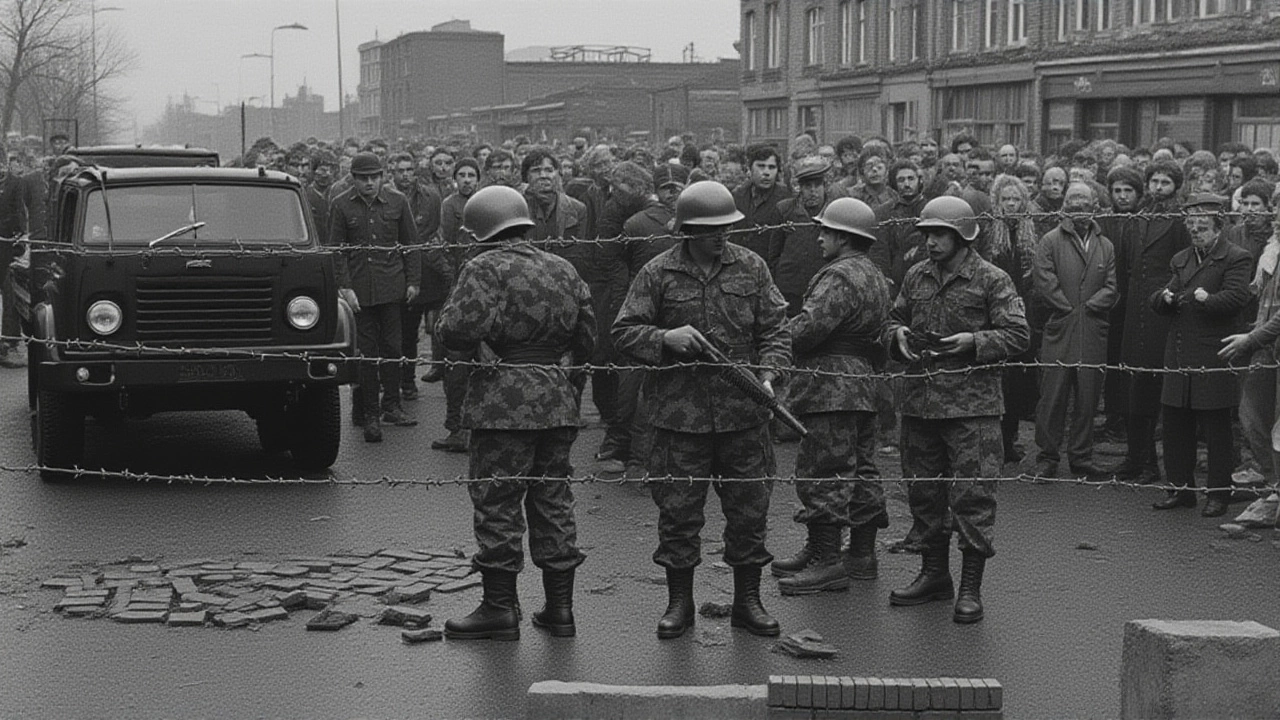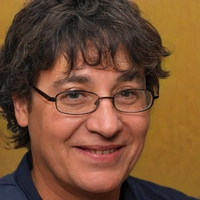
When Soldier F, a former British army paratrooper, was found not guilty of all seven charges on October 24, 2025, the courtroom in Belfast seemed to hold its breath. The verdict, delivered at Belfast Crown Court on Oxford Street, cleared him of two murder counts for the deaths of James Ray and William McKini, as well as five attempted‑murder charges stemming from the infamous Bloody Sunday shootings of 1972. The decision closed a legal chapter that began more than half a century ago, but it reopened the public debate about accountability, memory, and reconciliation.
Background: The 1972 Bloody Sunday massacre
On January 30, 1972, a civil‑rights march organized by the Northern Ireland Civil Rights Association (NICRA) marched into the Bogside neighbourhood of Derry, County Londonderry. Soldiers from the 1st Battalion, Parachute Regiment of the British Army opened fire on unarmed demonstrators. Thirteen civilians, including James Ray (aged 27) and William McKini (aged 31), were killed; dozens more were wounded. The event is widely regarded as a turning point in The Troubles, a thirty‑year ethno‑nationalist conflict that ultimately claimed around 3,500 lives.
The fallout was immediate. Within weeks, recruitment for the Provisional Irish Republican Army surged, and international condemnation pressed the British government to launch the first of several inquiries – the Widgery Tribunal (1972) – which many viewed as a whitewash. Decades later, the Saville Inquiry (1998‑2010) concluded that the victims were unarmed and the shootings were "unjustified and unjustifiable," a finding the British government formally acknowledged in 2010.
The 2025 trial and verdict
The case against Soldier F emerged from a renewed drive to hold individuals accountable for specific actions during Bloody Sunday. Prosecutors lodged seven counts: two murders (Ray and McKini) and five attempts on other demonstrators whose identities remain undisclosed. The trial, overseen by a judge rather than a jury, hinged on decades‑old forensic evidence, eyewitness testimony, and newly released archival material.
During the hearing, Chris Page, a BBC News correspondent, reported that the defence successfully challenged the chain of custody for key ballistic reports, arguing that the evidence could not be reliably linked to Soldier F. "The gaps in the forensic record are simply too large to sustain a conviction," Page noted on air.
When the judge pronounced the verdict, the courtroom erupted—not with applause, but with a collective sigh. Soldier F was acquitted on all counts. No appeal was indicated, and the judge emphasized that the decision reflected the evidence—or lack thereof—not any political judgment.
Reactions and political fallout
Public reaction was anything but uniform. In the gallery, a man identified only as Paul Young shouted, "I ask you, who's the terrorist?" He then cited statistics he’d heard, claiming that 44 British soldiers were murdered in 1971 and 104 in 1972 during The Troubles. Whether accurate or not, the numbers underscored the deep wounds on all sides.
Irish nationalist leaders expressed disappointment, suggesting the verdict risked eroding trust in the peace process. A spokesperson for the Derry‑based rights group Sinn Féin said, "Justice delayed is not always justice denied, but this outcome feels like a reopening of old scars without new healing."
Conversely, veteran associations welcomed the decision, arguing that the passage of time should temper retroactive prosecutions. One former soldier told the BBC, "We served under orders; if we are to be judged now, the standards must be crystal clear, and they weren't."
Why the verdict matters today
The acquittal arrives amid ongoing efforts to address legacy cases through the 2019 Northern Ireland (Legacy and Reconciliation) Act. That framework allows families to request investigations, but it does not guarantee prosecutions. Legal scholars, such as Professor Siobhan O’Leary of Queen’s University Belfast, note that the Soldier F case sets a procedural benchmark: "Future legacy cases will be measured against the evidentiary standards highlighted here, which may raise the bar for successful prosecutions."
For the families of Ray and McKini, the decision is a bitter pill. James Ray’s daughter, Elaine, told local radio, "My father's name is now etched in history, but this verdict feels like a denial of his memory." She added that she hopes the ruling will spur a broader truth‑telling process, not silence it.

Historical inquiries and legacy
Bloody Sunday has been the subject of multiple investigations. The Widgery Tribunal (1972) largely exonerated the army, prompting outrage. The Saville Inquiry (1998‑2010), which cost over £200 million, delivered a damning report that led to Prime Minister David Cameron’s historic apology in 2010.
Since then, the British and Irish governments have periodically released classified files, sparking fresh academic debate. A 2023 declassification revealed that operational orders for the 1st Battalion, Parachute Regiment, were ambiguous regarding use of force, a fact that now loomed over Soldier F’s defense.
While the legal battle over Soldier F ends, the broader narrative of The Troubles remains unsettled. Communities continue to grapple with how to balance justice, memory, and the fragile peace that has held since the Good Friday Agreement of 1998.
Key facts
- Verdict date: October 24, 2025
- Charges: 2 murders, 5 attempted murders
- Victims named: James Ray, William McKini
- Original incident: January 30, 1972 (Bloody Sunday)
- Total civilian deaths on that day: 13
- Overall Troubles fatalities: ~3,500
Frequently Asked Questions
What legal standard was applied to acquit Soldier F?
The judge required proof beyond a reasonable doubt that ballistic evidence directly linked Soldier F to each shot. Gaps in the chain of custody and conflicting eyewitness accounts meant the prosecution could not meet that standard.
How does this verdict affect other legacy cases from The Troubles?
Legal experts say the ruling raises the evidentiary bar for future prosecutions. Families may still seek investigations, but securing convictions will likely be more challenging without new forensic breakthroughs.
Who were James Ray and William McKini?
James Ray, a 27‑year‑old carpenter, and William McKini, a 31‑year‑old shopkeeper, were among the 13 civilians killed during the Bogside march. Both were unarmed and were shot while standing near the intersection of Rossville and Westland Streets.
Why does Bloody Sunday remain a contentious symbol in Northern Ireland?
The event epitomizes the clash between civil‑rights activists and British security forces. Its imagery is still painted on walls in Derry and taught in school curricula, shaping collective memory on both sides of the sectarian divide.
What are the next steps for the families of the victims?
Many families have said they will continue to push for a full public inquiry into the operational orders of the Parachute Regiment. While no further criminal charges are expected, they hope the case spurs broader historical truth‑telling and reparations.


